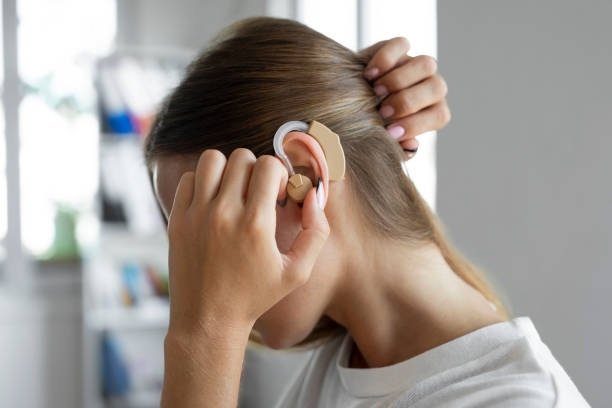Hearing aid implants are advanced devices designed to enhance hearing for individuals with significant hearing loss. They convert sound vibrations into electrical signals, improving auditory perception.
Significance of understanding them
Grasping their importance is crucial for effective communication and collaboration. It enhances relationships, fosters empathy and deepens insight into diverse perspectives and experiences they offer. For individuals with significant hearing loss, a hearing aid implant can play a transformative role in improving communication, allowing them to engage more fully in conversations and activities.
Understanding Hearing Aid Implants
What Are Hearing Aid Implants?
Hearing aid implants are devices surgically placed in the ear to improve hearing for individuals with significant hearing loss, providing enhanced sound perception and communication.
The Benefits of Hearing Aid Implants
Improved audibility
Enhanced sound clarity ensures that audio is more easily heard and understood, benefiting communication in various environments, especially where background noise can hinder comprehension.
Enhanced sound localization
Improved sound localization refers to the ability to accurately identify and pinpoint the origin of sounds, enhancing auditory perception and environmental awareness for better interaction.
Superior speech understanding
Exceptional speech comprehension involves accurately interpreting spoken language, grasping nuances of tone and context, allowing for effective communication and improved connections between individuals in conversations.
Increase in Quality of Life
An enhancement in quality of life involves improvements in health, education, environment and social connections, leading to greater well-being and overall life satisfaction for individuals.
Greater accessibility to sounds
Improved access to audio enables more individuals to experience diverse sounds, fostering inclusivity and engagement across various platforms while enhancing communication and cultural exchange.
Who is a candidate for Hearing Aid Implants?
Criteria for Cochlear Implants
Cochlear implants are recommended based on specific criteria, including the degree of hearing loss, age of onset, communication methods used and commitment to auditory rehabilitation.
Criteria for Bone-anchored hearing systems
Bone-anchored hearing systems are evaluated based on criteria such as bone quality, patient age, hearing loss type, anatomical conditions and overall health for effective utilization.
Criteria for Middle ear implants
Middle ear implants are evaluated based on factors such as auditory function, patient candidacy, anatomy compatibility, medical history, and potential for improved hearing outcomes.
The Process of Getting a Hearing Aid Implant
Preliminary Testing and Evaluations
Initial assessments and examinations lay the groundwork for further analysis, ensuring that all variables are accurately measured and understood prior to more detailed investigations.
Post-operative Care and Maintenance
Post-operative care involves monitoring recovery, managing pain, ensuring proper wound healing, administering medications and advising on activity levels to promote optimal health outcomes following surgery.
Follow-up Program and Support
The Follow-up Program and Support initiative ensures continued assistance, fostering ongoing engagement with participants. This approach enhances learning and promotes long-lasting skills essential for success.
The Cost of the Hearing Aid Implants.
Health Insurance and Funding Options
Exploring health insurance involves understanding various funding options, including private plans and government programs. Assessing individual needs helps individuals choose the best coverage for financial security.
Know More- Luxury with Cortina Watch – The Finest Rolex Dealer in Malaysia
